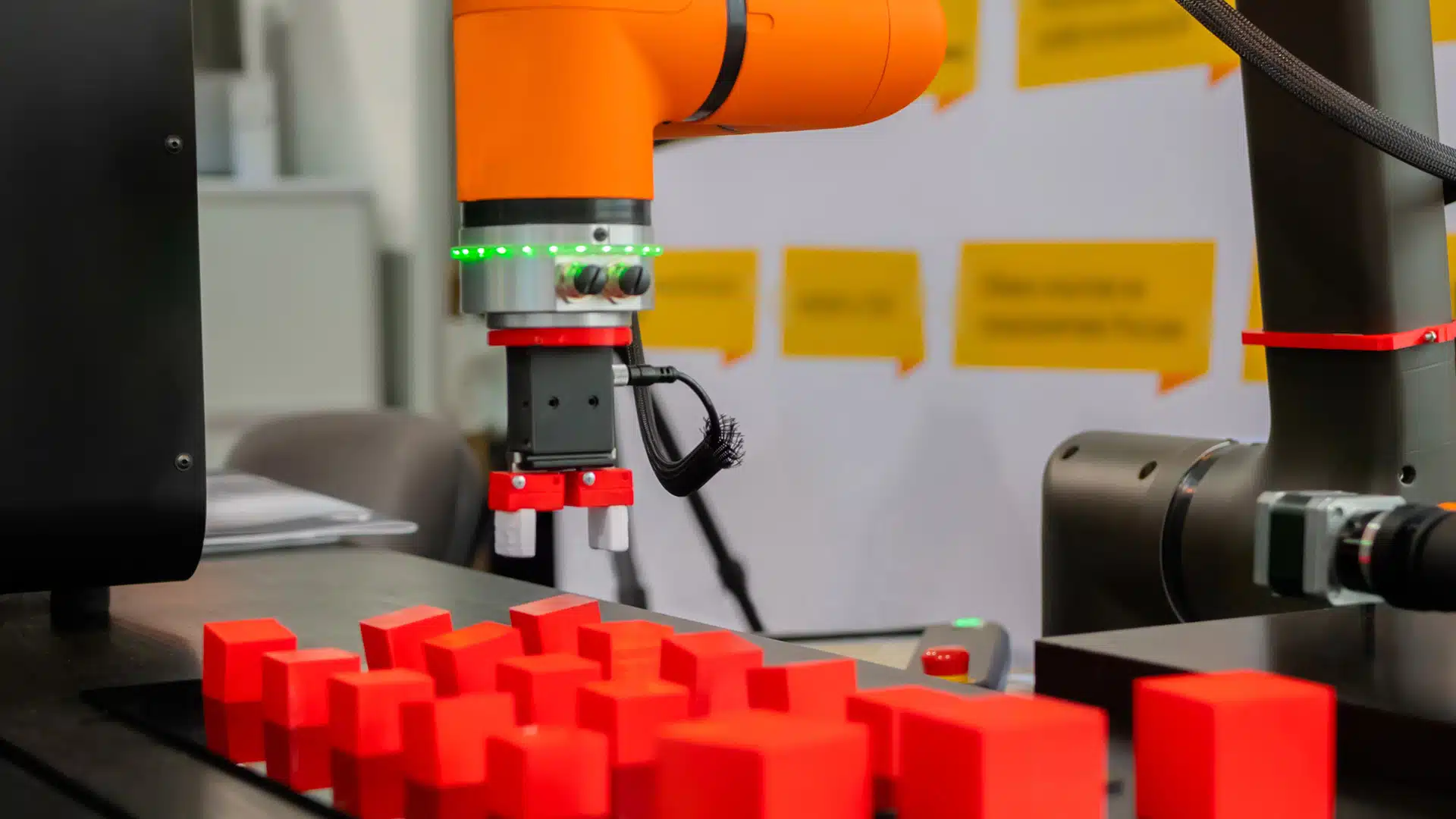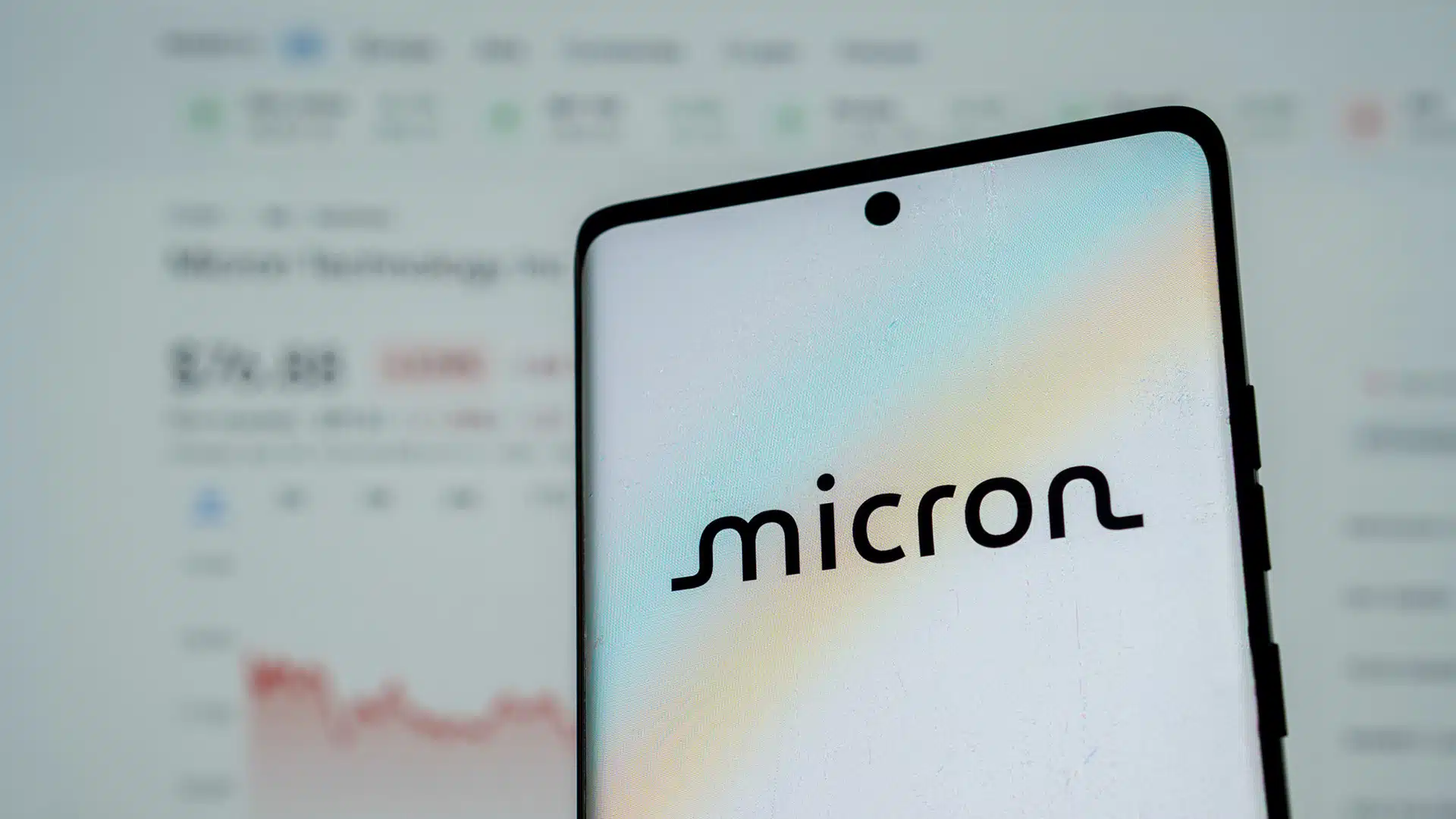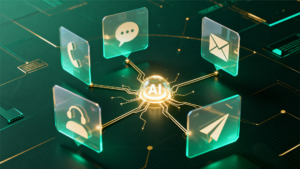The News:
Zendesk AI, an intelligence layer that combines the company’s data and insights with new AI technologies, including the company’s proprietary models, generative, and large language models (LLMs), was announced May 10 at Zendesk’s Relate customer event. Zendesk AI is designed to help organizations improve service experiences, save time, and create seamless interactions.
Several new features and capabilities were announced, including pre-trained bots that provide personalized and industry-specific responses to customer queries, AI-powered agent-assistance insights and suggestions, and an intelligent triage function, which incorporates intent detection, language detection, and sentiment analysis to allow agent teams to quickly prioritize and categorize customer tickets, and then power workflows based on these insights.
Zendesk also announced new features developed via a partnership with OpenAI that leverage generative AI and LLMs, including content summarization, response rephrasing, and tone shifting, which helps agents craft clearer and thoughtful responses to customers.
See the complete press release from Zendesk here.
Zendesk Announces New AI Intelligence Layer to Power Seamless Interactions
Analyst Take:
Zendesk announced the general availability of Zendesk AI, an intelligence layer that incorporates new AI technology (including generative models and large language models), as well as the company’s proprietary models and interaction data captured via its customers interactions on the Zendesk platform. According to the company, Zendesk AI will help companies instantly improve service experiences, save time, better understand their customers, and create seamless interactions. The solution continues to learn over time, is fast to deploy, and immediately adds value without the need for large teams of developers or months of implementation time.
At the company’s analyst day held the day prior to the Relate customer event, I had the opportunity to listen to company’s leadership discuss Zendesk AI, its features, and the benefits it likely would provide to customers. I was struck by a few significant points that make the offering very interesting.
Creating Bots Trained on Billions of CX Interactions
First, Zendesk has taken a smart approach to positioning the technology as a catalyst for driving seamless interactions between companies and customers. The company is drawing on the 18 billion CX interactions that were used to train its own AI models, a large body of data and insights that are being leveraged to deliver pre-trained, out-of-the-box bots that can be deployed immediately, without modifications or training needed. This approach addresses one of the key challenges faced by organizations – how to extract ROI quickly from investments into AI and automation – while driving seamless interactions at scale.
Using Generative AI and LLMs to Create Seamless Interactions
Another interesting aspect of the announcement is the partnership between OpenAI and Zendesk, which will see the rollout of generative tools, including ticket summarization, response rephrasing, and tone shift, which are designed to help agents quickly understand the issue, and then create clearer and more appropriate responses to customers. These tools allow agents to create seamless interactions with less time and effort, while maintaining quality. The application of generative AI to agent workflows is a responsible way to incorporate these new tools, while also maximizing the value to the customer.
Expanding AI to Solve Complex Issues
Zendesk also discussed several other enhancements to its platform that will be rolled out over the next 6 to 18 months, with a general shift toward deploying advanced AI tools in a way to move from supporting automation, recommendations, and predictions, to higher and more complex tasks. The goal is to branch into proactive service use cases (notification, connection, and suggestions) and preventative ones (trend identification, evaluation, and cultivation). The company says that AI should be used in CX to help live agents solve complex issues and problems, allowing them to drive seamless interactions across more situations, instead of simply using AI to handle repetitive or simple tasks.
Time-to-Value Remains Key
Perhaps the most impressive thing I heard from Zendesk executives was the focus on time-to-value. Although the company’s product launches and enhancements are impressive, technological superiority is fleeting at best, and few CX customers buy based on bells and whistles. Ultimately, in an ultra-competitive space such as CX, organizations want to create seamless interactions with their customers today, and will not tolerate implementations that span years, rather than weeks or quarters. Zendesk appears to have internalized this message, and should see success in the market if it is able to follow through and execute on its promises.
Author Information
Keith Kirkpatrick is Research Director, Enterprise Software & Digital Workflows for The Futurum Group. Keith has over 25 years of experience in research, marketing, and consulting-based fields.
He has authored in-depth reports and market forecast studies covering artificial intelligence, biometrics, data analytics, robotics, high performance computing, and quantum computing, with a specific focus on the use of these technologies within large enterprise organizations and SMBs. He has also established strong working relationships with the international technology vendor community and is a frequent speaker at industry conferences and events.
In his career as a financial and technology journalist he has written for national and trade publications, including BusinessWeek, CNBC.com, Investment Dealers’ Digest, The Red Herring, The Communications of the ACM, and Mobile Computing & Communications, among others.
He is a member of the Association of Independent Information Professionals (AIIP).
Keith holds dual Bachelor of Arts degrees in Magazine Journalism and Sociology from Syracuse University.








